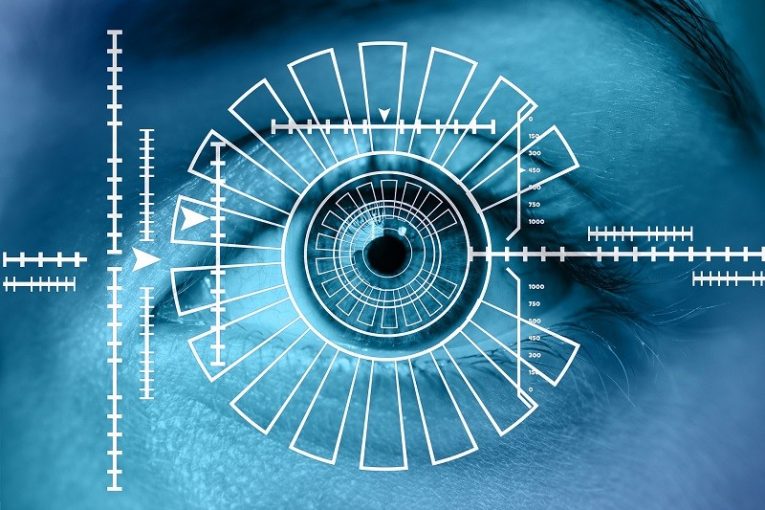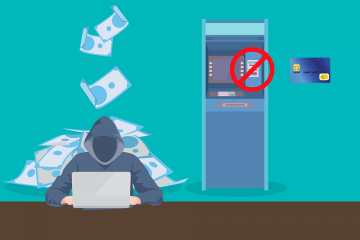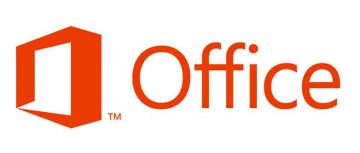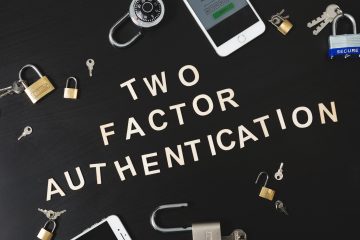The Differences Between Two-Factor Authentication and Multi-Factor Authentication

No doubt those who have seen Perfect Strangers by Paolo Genovese realize how sensitive the information accessible through our mobiles, computers, social media accounts, etc. is, however, unlike in the film, there are more threats in reality than revealing one's secrets to people around him. Unfortunately, the truth is your personal information might be much more interesting to cybercriminals.
Hackers could sell your sensitive data, take your identity, steal your money, spread malware, and do anything else access to your device or various accounts may allow. Therefore, it is no wonder the interest in protecting one's accounts grows stronger by the day. If you are looking for ways to protect your privacy too, you might have already heard about Two-Factor Authentication and Multi-Factor Authentication methods also known as 2FA and MFA in short. Both of them are designed to make it more difficult or ideally impossible for someone to hack the user's accounts and further in this text we will not only discuss them in more detail but also explain the difference between 2FA and MFA.
Probably, the most commonly used way of confirming one's identity is authentication by password. At this point, you may ask what is wrong with using it, and the answer would be nothing. However, keep it in mind, while it might seem a more convenient and faster way of logging into one's accounts, it makes it easier for someone to hack them too. Fortunately, with Two-Factor and Multi-Factor Authentication it is not enough to know one's password and so hacking into someone's account becomes much more complicated. In other words, these authentication methods require the one who wants to log in to know more factors and so guessing the password or brute-forcing it becomes not enough. According to a paper written by Shilpa Shaju and Panchami Vijayan, these elements are categorized into three main categories: Knowledge, Possession, and Inherent.
Knowledge factor is something preferably only the user should know, for example, a password he created and memorized. Possession factor is something the user alone should have; like a security code sent to the user's mobile device, email address, etc. From the three of the mentioned elements, the unique one is Inherent. It lets the user to be identified by his body characteristics, for example, fingerprint, iris, or voice. Combining two of the described factors is called Two-Factor Authentication, which means Multi-Factor Authentication is when the user is asked to confirm his identity by presenting two or more required factors. This is the part where questions like what is the difference between 2FA and MFA and which method is better should arise.
The truth is Two-Factor Authentication is a type of Multi-Factor Authentication, and both of the methods can use the same factors. Meaning, the only difference is in the number of elements required to log in or confirm the user's identity. For instance, the 2FA might ask to provide a password and a security code sent to your mobile device, while the MFA may additionally require you to scan your fingerprint and so on. Any of these two methods might make it impossible for cybercriminals to hack user's accounts, depending on various circumstances.
Nonetheless, if we had to pick the best option, we would say it all depends on the factors the user chooses. For example, if you pick Two-Factor Authentication with password and fingerprint recognition the account might be more secure compared to the ones protected by Multi-Factor Authentication that does not require Inherent factors. The explanation is simple - it is less likely someone could or would attempt to obtain your iris, fingerprint, etc. On the other hand, if Inherent is among the three factors, the MFA would be better than 2FA also using Inherent factor as in such case the more elements to obtain would make it the more challenging to hack someone's device or account.
Needless to say, not all devices or accounts allow using all possible factors for Two-Factor Authentication and Multi-Factor Authentication, for example, fingerprint recognition is somewhat popular among newer mobile phones, while iris recognition is not as common. Moreover, currently, most popular social media web pages (e.g., Facebook, Google, Twitter, and Reddit) can offer only 2FA. If you would like to try using this extra protection method, we would advise trying out the 2-Step Verification provided by Google. Many of us use our Google mail accounts to create other profiles, which means hacking into them could allow cybercriminals to gain access to other accounts connected to it. Thus, making it more difficult to hack it would be most wise, and if you need any help while securing your Google account or other mentioned social media profiles with 2FA, you should read this blog article where we explain the whole process with step by step instructions.
Lastly, we would like to remind our readers the Two-Factor Authentication is available for Cyclonis Password Manager users too. It helps users to strengthen their accounts by requiring to submit an additional authentication code sent to the user's chosen email address. All you have to do to activate it is click on the Cyclonis Settings tab, slide below till you find the Advanced settings, and click the red lock to allow you to make changes. Then submit your master password and scroll until you see the button activating the Two-Factor Authentication option. The best part is one can choose to apply this requirement either on every login or only for new devices.








